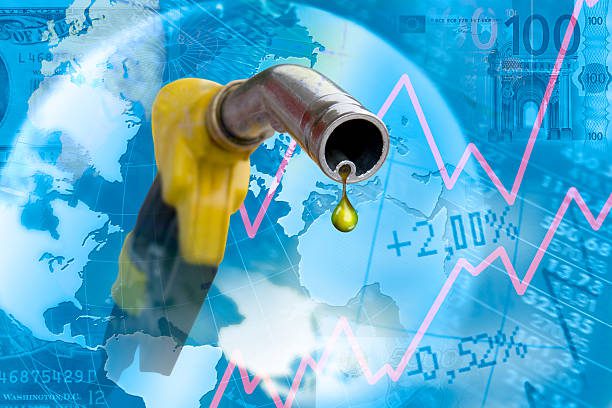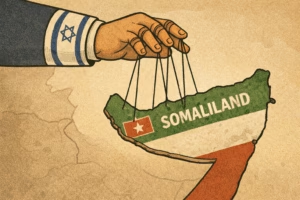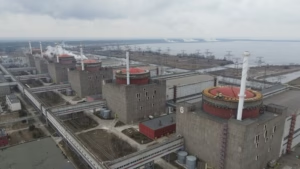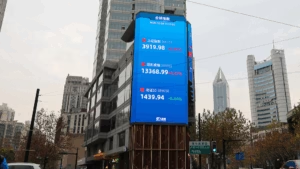South African motorists may be bracing for a potential increase in petrol prices come May, although there could be a slight reprieve in diesel costs. According to the latest mid-month figures from the Central Energy Fund, petrol is expected to see a rise of approximately 30 cents across both grades. In contrast, diesel prices might decrease by 25 to 30 cents.
However, these projections are tentative as variables could shift significantly by the end of April. Current geopolitical tensions in the Middle East further complicate these predictions, potentially impacting the final figures negatively.
Diesel and Petrol Price Dynamics
Recent trends indicate a diminishing over-recovery in diesel prices, which may reduce the anticipated relief in diesel costs come May. Conversely, the situation for petrol is evolving towards a possibly larger increase than initially expected.
This anticipated increase in petrol prices follows prior hikes, including a substantial 60 to 67 cent rise in April and a severe R1.21 surge in March. If petrol costs increase by another 30 cents, the price for a litre of 95 Unleaded will climb to R24.63 at coastal regions and R25.42 in Gauteng. Meanwhile, 93 Unleaded will escalate to R25.08 in Gauteng.
Geopolitical Influences on Oil Prices
The ongoing unrest in the Middle East has significantly influenced global oil markets, with Brent Crude oil prices surpassing the $90 mark this month. The escalation follows recent developments, including a drone attack by Iran on Israel, prompting concerns over an expanded conflict.
According to AFP, oil prices are climbing on fears of a wider war in the Middle East after Israel promised a response to Iran’s drone attack on the country on Saturday.
Warren Patterson, an analyst at ING Think, commented on the situation, noting that the tension and uncertainty are expected to persist for some time.
This conflict, along with a stronger US Dollar and economic uncertainty ahead of SA’s election next month has also sent the rand into a tailspin, breaching the $19 mark on Tuesday.
The rand’s performance is crucial, as it needs to maintain a rate below last month’s average of R18.86 to mitigate adverse effects on fuel pricing. With the national elections approaching and the dollar strengthening, these factors combined are putting additional pressure on the local currency and could influence fuel prices unfavorably.
As the situation develops, South African motorists and industries will be closely monitoring these economic indicators, which hold significant implications for transportation costs and overall economic health.

















